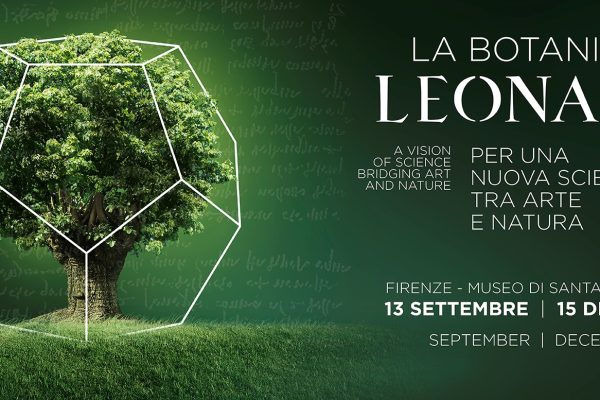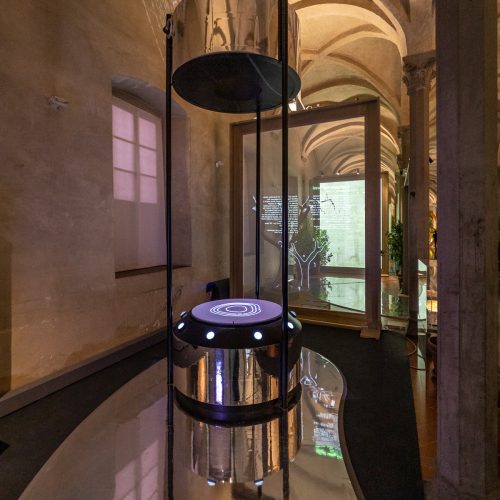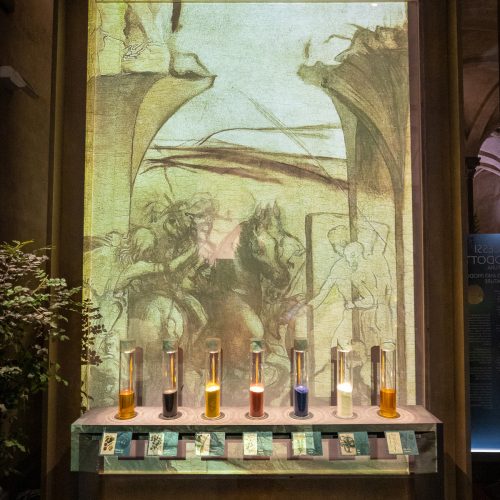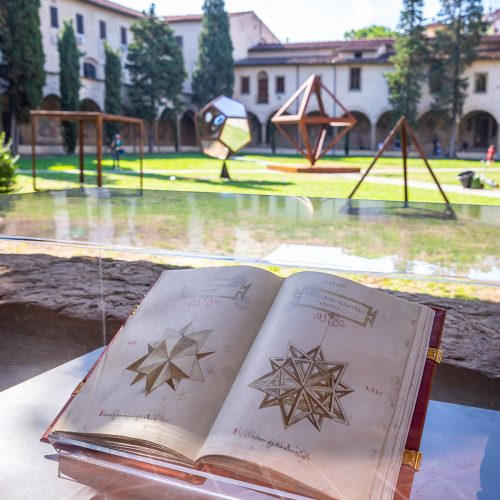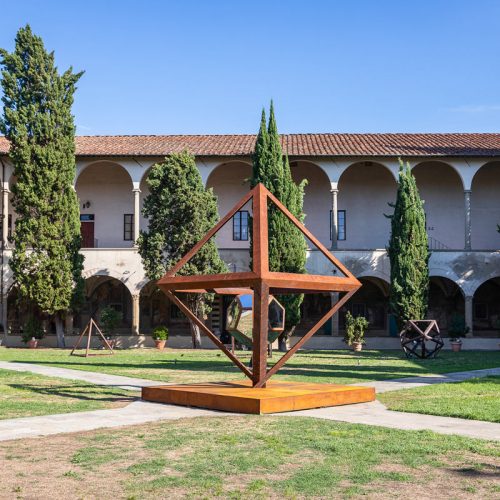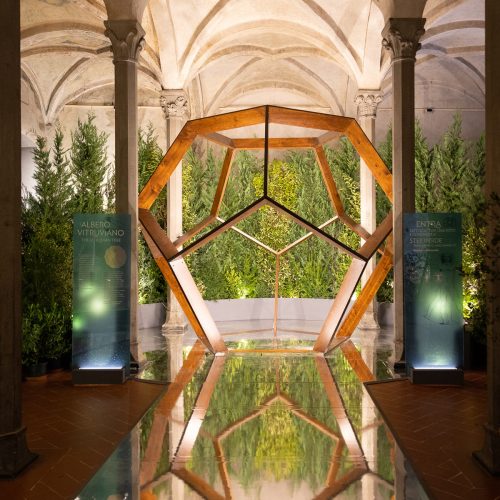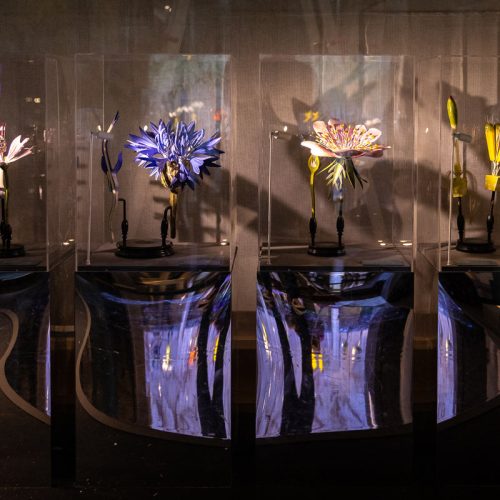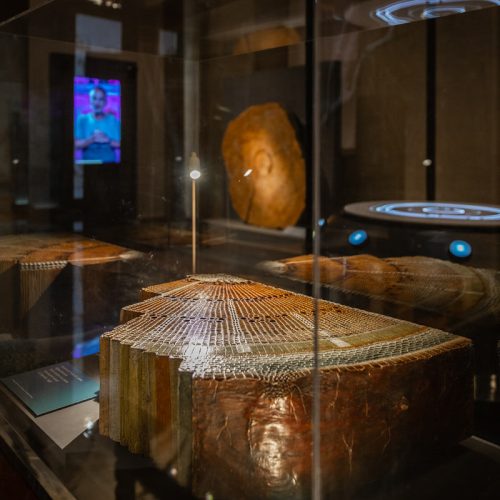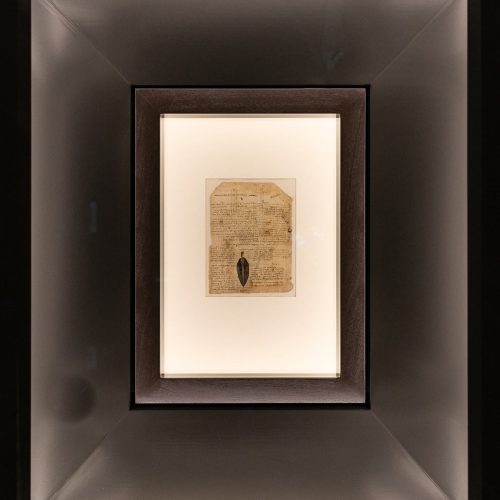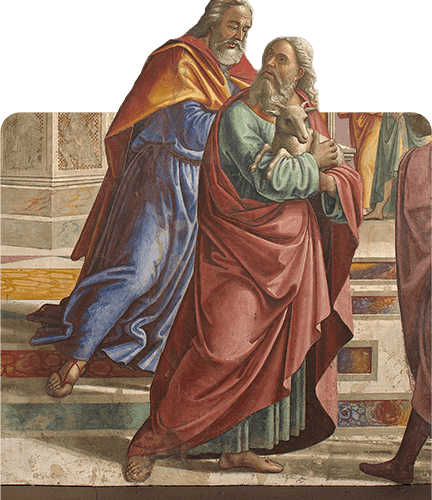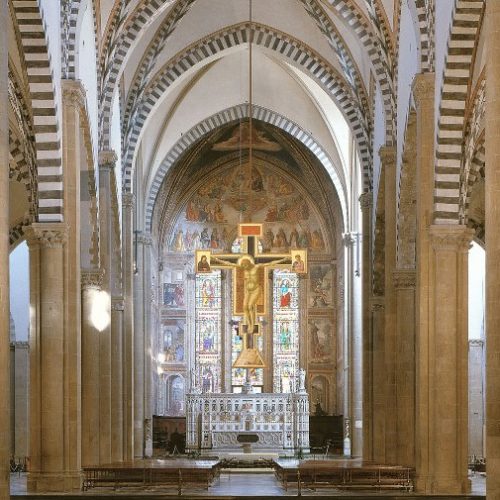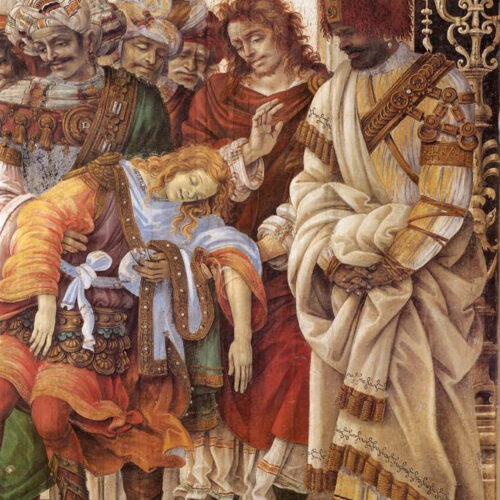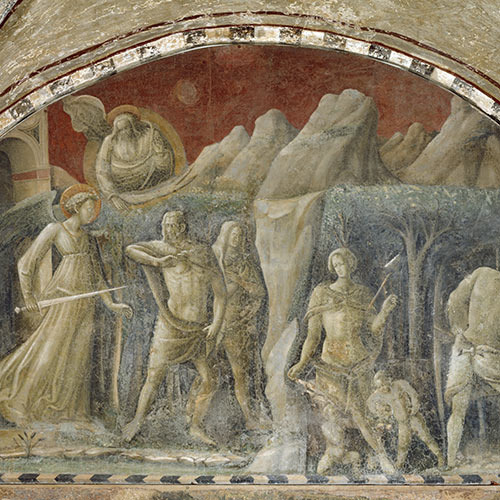Gli studi e le intuizioni di Leonardo da Vinci sulle forme e sulle strutture del mondo vegetale al centro di un percorso espositivo nel cuore di Firenze. Un viaggio tra fogli originali, elementi naturali e installazioni interattive che diventa occasione di riflessione sull’evoluzione scientifica e sulla sostenibilità ambientale.
Tavole originali, installazioni interattive e piante reali creano un appassionante percorso attraverso le intuizioni e le innovazioni di un pensiero “sistemico”, capace di combinare arte e scienza, e di guardare alla vita e alla natura (uomo incluso) come un’entità unica in cui tutto è connesso e tutto è in movimento.
L’esposizione allestita all’interno dei suggestivi spazi del Complesso monumentale di Santa Maria Novella, nel Dormitorio e nel Chiostro Grande, illustra e approfondisce le scoperte botaniche di Leonardo (fu lui, ad esempio, a capire il nesso fra cerchi nel tronco ed età dell’albero), e ci conduce attraverso la straordinaria sequenza dei suoi disegni di dettagli, foglie, piante. Soprattutto, mostra e dimostra quanto arte e scienza fossero per Leonardo indissolubili: mai soltanto descrittiva la conoscenza scientifica, mai soltanto estetica la pittura. In una visione “sistemica” che si interrogava – e continua a interrogarci a secoli di distanza – sul complesso sistema di relazioni fra uomo e natura.
Un pensiero tradotto anche nell’allestimento della mostra, che si apre nel maestoso Chiostro grande con i cinque monumentali poliedri regolari, disegnati da Leonardo per compendio al “De Divina Proportione” di Luca Pacioli, simboli non solo di armonia e di perfezione formale ma anche della complessità e del mistero del mondo. A questi si accompagna una sfilata di piante vere selezionate fra quelle disegnate o citate da Leonardo nei suoi scritti, che si intrecciano a un’introduzione sulla rinascita filosofica, artistica e tecnica della Firenze della seconda metà del Quattrocento. È questa l’occasione per delineare la complessità del pensiero di Leonardo rispetto ai processi e alle tecniche alchemiche, di cui esplora le grandi possibilità “stando in natura”. La mostra, all’interno, prosegue con un’immersione dal sapore magico tra alberi, foglie e intrecci che evocano, nel gioco fra reale e virtuale, la decorazione leonardiana della Sala delle Asse a Milano. Il percorso all’interno del Dormitorio continua, articolandosi come un “organismo vegetale”, tra le varie sezioni: il linguaggio digitale e multimediale è tratto costante, che offre la possibilità di apprezzare in forma spettacolare l’opera leonardiana – i suoi disegni, i suoi dipinti, i suoi scritti – e di vivere in chiave interattiva e contemporanea alcune delle sue importanti intuizioni nel campo della botanica.
Ecco che gli studi sulla dendrocronologia diventano l’occasione per vivere, seguendo gli anelli degli alberi, la storia dell’umanità e i suoi grandi eventi; quelli sul fototropismo o sul geotropismo offrono la sorprendente opportunità live di cogliere come la natura si adatti e si relazioni all’ambiente; le regole della fillotassi e la teoria della costanza dei flussi all’interno di un albero (chiamata non a caso il “principio di Leonardo”) si trasformano in installazione dinamiche che consentono, più di molte parole, di capirne i parametri. L’esplorazione nel mondo botanico leonardiano prosegue: e l’anatomia vegetale scandagliata da Leonardo, in grado di cogliere e di rendere i dettagli più minuti di un fiore, di un ramo o di una foglia, viene proposta nel dialogo con opere contemporanee, mentre i meravigliosi dettagli botanici inclusi nei suoi celebri dipinti – tanto realistici da potere essere definiti “ritratti di piante” – vengono offerti allo sguardo del pubblico per innescare anche un percorso a ritroso sull’origine dei pigmenti vegetali utilizzati. Il percorso, ritmato da tre preziosi fogli originali del Codice Atlantico della Veneranda Biblioteca Ambrosiana (f.197v, f.663r, f.713r), si conclude con un ripensamento del celebre “uomo vitruviano”, che diventa lo spunto per riflettere sugli equilibri fra uomo e natura, e con una straordinaria installazione dedicata alle interconnessioni fra tutti gli elementi del sistema vivente, ben note a Leonardo e oggi spesso dimenticate.

